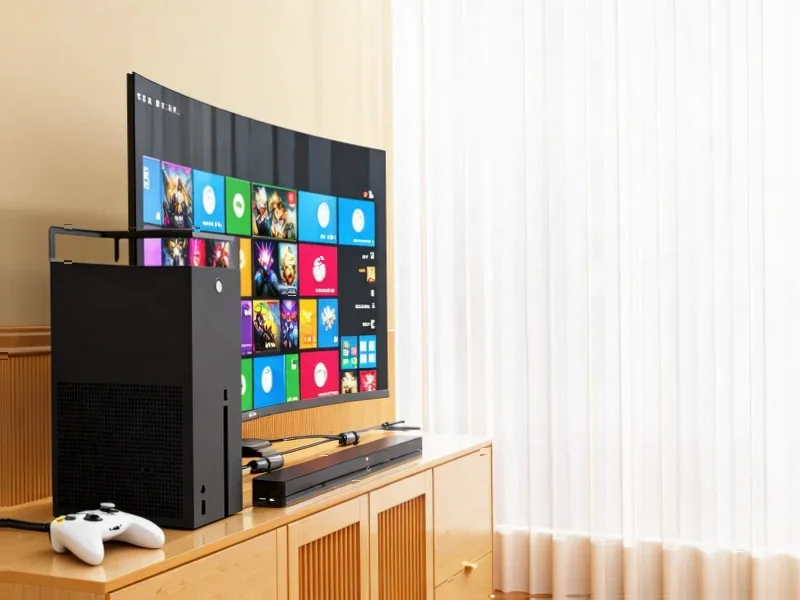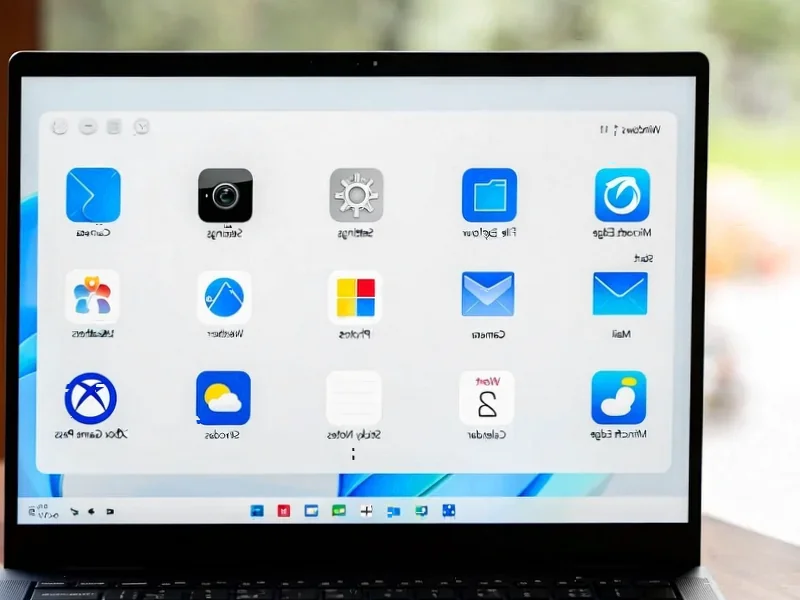According to XDA-Developers, running OPNsense virtualized on Proxmox solves FreeBSD’s notorious network driver compatibility issues by using Linux’s VirtIO adapters instead. The setup enables instant system snapshots through Proxmox that can restore a broken firewall configuration in about two minutes versus dealing with OPNsense’s own backup system. For PPPoE users, virtualizing distributes processing across all CPU cores rather than being limited to single-threaded performance on bare metal. Proxmox’s High Availability feature also provides failover without requiring three public IP addresses like CARP does, and the entire approach lets you repurpose hardware for additional services like running a NAS simultaneously.
The Driver Problem You Probably Hit
Here’s the thing about FreeBSD – its hardware support can be genuinely frustrating. The author mentions their Ugreen NAS with an AQC107 10GbE NIC that works perfectly in Windows and Linux but just won’t function in FreeBSD. I’ve been there too – trying to get older Intel NICs or newer 2.5GbE adapters working can feel like black magic. But when you virtualize OPNsense on Proxmox, you’re essentially letting Linux handle the actual hardware interaction while OPNsense only sees standardized virtual adapters. It’s cheating, but it’s the good kind of cheating where everything just works.
Why Snapshots Change Everything
If you’ve ever made a firewall rule change that instantly killed your internet connection, you know that sinking feeling. The author describes an OPNsense 25.7 update that failed because the VM ran out of space – a scenario that would normally mean reinstalling from scratch and restoring configs. But with Proxmox snapshots? They restored everything in two minutes. That’s the kind of safety net that actually encourages you to experiment and learn. And let’s be honest – how many of us would actually test our backup restoration process regularly without this kind of instant recovery?
The PPPoE Performance Secret
This one surprised me. PPPoE is notoriously single-threaded on bare metal, which means your router’s performance is limited by the speed of one CPU core. But as detailed by Ben Tasker, virtualizing changes the game because the Linux host can distribute PPPoE processing across multiple cores before it even reaches your OPNsense VM. For people with gigabit PPPoE connections (which many fiber providers use), this could mean the difference between hitting your full bandwidth or leaving performance on the table.
Doing More With Your Gear
Probably the most underrated aspect? You’re not dedicating an entire machine to just routing. The author runs their OPNsense instance alongside a TrueNAS-based NAS on the same Ugreen device. That’s four 4TB drives being used for storage while OPNsense handles networking duties. Think about the cost savings – instead of buying a dedicated router appliance and a separate NAS, you’re getting both from one piece of hardware. And since it’s all virtualized, you can migrate your entire router setup to new hardware without reconfiguring anything. That’s pretty powerful for home labs and small businesses trying to maximize their hardware investments.
So Should You Virtualize Your Router?
Look, virtualizing your firewall isn’t for everyone. If your Proxmox host goes down, your entire network goes with it unless you’ve set up proper HA clusters. But for homelab enthusiasts and small offices? The benefits are hard to ignore. You get better hardware compatibility, safer experimentation, improved performance for certain connection types, and way more flexibility with your hardware. It’s one of those setups that feels like you’ve discovered a secret advantage once everything’s running. The question isn’t really whether it’s better – it’s whether you’re comfortable with the single point of failure tradeoff.





Your article helped me a lot, is there any more related content? Thanks!